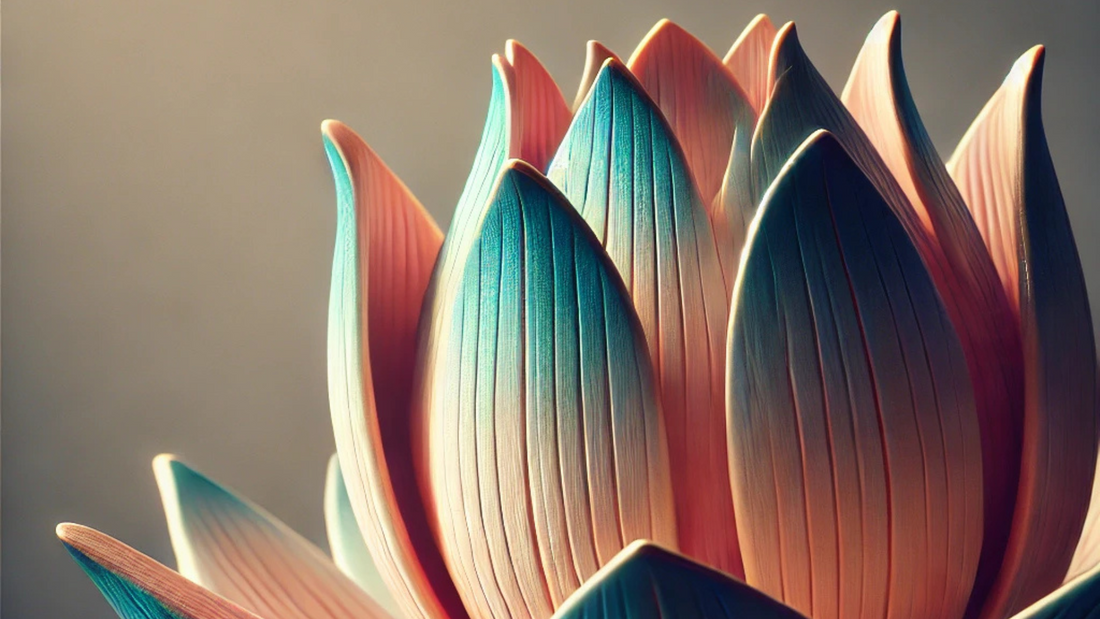
The Ancient Egyptian Lotus Flower: Symbolism, Science, and Timeless Beauty
The ancient Egyptian civilization holds mysteries that captivate people worldwide, and the lotus flower is among its most enchanting symbols. From the art on obelisks to the walls of temples and tombs, the lotus flower emerges as a powerful icon that transcends simple decoration. But what does the lotus flower symbolize? Why did the ancient Egyptians feature it so prominently? This post uncovers the captivating story of the ancient Egyptian lotus flower, exploring its symbolism, scientific significance, and lasting influence.
The Lotus Flower: Symbol of Creation, Rebirth, and Purity
The ancient Egyptians held the lotus flower in high regard, often associating it with creation, rebirth, and purity. This belief largely stems from the lotus’s life cycle, where the flower closes each night and sinks below the water's surface, only to emerge and bloom again each morning with the sunrise. The Egyptians saw this daily rebirth as symbolic of creation and renewal. As such, it was closely associated with their gods and creation myths.
In Egyptian mythology, the lotus flower is linked to the god Atum, the creator deity, who rose from the chaotic waters of Nun in a lotus bloom, bringing light and order to the universe. It’s also related to Ra, the sun god, who emerged from a lotus at dawn, symbolizing the sun’s rebirth each day. This dual connection to the sun and water underscores the flower’s purity and transformative nature, as water represented both life and regeneration in Egyptian cosmology.
Lotus on Obelisks and Temples: Significance in Sacred Spaces
If you’ve ever seen photos of Egyptian obelisks or temple columns, you might have noticed the distinct lotus flower motifs carved onto them. Obelisks, towering monuments dedicated to the sun god Ra, frequently included lotus images, blending the symbols of Ra’s strength and the lotus’s rebirth cycle. This combination symbolized eternal life, strength, and divine power.
In temples, the lotus symbol often appeared alongside the papyrus flower, another sacred plant in Egyptian culture. Together, they represented the unification of Upper and Lower Egypt and symbolized harmony across the land. This pairing also highlighted the Egyptians’ deep connection with nature, as both plants were native to the Nile and integral to Egypt’s environment and spiritual life.
Scientific Insight: Why the Lotus Held Such Importance
Scientifically speaking, the lotus is extraordinary. It possesses self-cleaning properties, known as the "lotus effect." Its leaves are structured in such a way that water droplets roll off them, taking dirt with them, symbolizing purity and resilience. This natural phenomenon might have contributed to its association with purity and divine presence.
Additionally, the lotus flower has unique thermoregulatory properties, meaning it can maintain a temperature range that’s favorable for pollination, even in fluctuating environments. For the ancient Egyptians, who observed nature closely, these qualities would have added to the flower’s mysterious and almost magical allure.
The Lotus in Egyptian Art and Jewelry
Ancient Egyptians often depicted lotus flowers in art and jewelry, incorporating them into necklaces, rings, and bracelets. The flower’s distinctive shape and colors made it a popular choice, symbolizing eternal life and beauty. Lotus designs also featured on amulets and scarabs, providing protection, beauty, and good fortune. Egyptians believed that carrying a piece of the lotus’s power with them connected them to their gods and the cycle of rebirth.
Timeless Influence: The Lotus Flower’s Legacy
Today, the lotus flower remains a powerful symbol of purity, renewal, and spirituality, resonating with people from all backgrounds. Its elegant design and profound meaning make it an iconic motif, one that endures through centuries and continues to inspire art, fashion, and lifestyle choices worldwide.
Discover the Beauty of the Lotus: Products Inspired by Ancient Egyptian Symbolism
For those captivated by the lotus flower and its timeless elegance, here are three unique products from Refine Zone that celebrate this ancient symbol:
-
Lotus Trucker Cap: Add a touch of Egyptian elegance to your outfit with this stylish trucker cap featuring the timeless lotus design, perfect for those who love history and culture.
-
Travel Mug with Lotus Design: Embrace the spirit of renewal with every sip from this travel mug, showcasing the lotus symbol to remind you of purity and transformation throughout the day.
-
Stainless Steel Water Bottle with Lotus Design: Stay hydrated in style while celebrating the Egyptian lotus’s rich heritage. This durable stainless steel bottle is both practical and meaningful.
Final Thoughts
The ancient Egyptian lotus flower is more than a plant; it’s a symbol that connects us to a world filled with divine meanings, stories of rebirth, and an appreciation for nature’s wonders. By learning about the lotus’s place in Egyptian culture, we not only deepen our understanding of history but also discover how ancient symbols continue to inspire us today.
